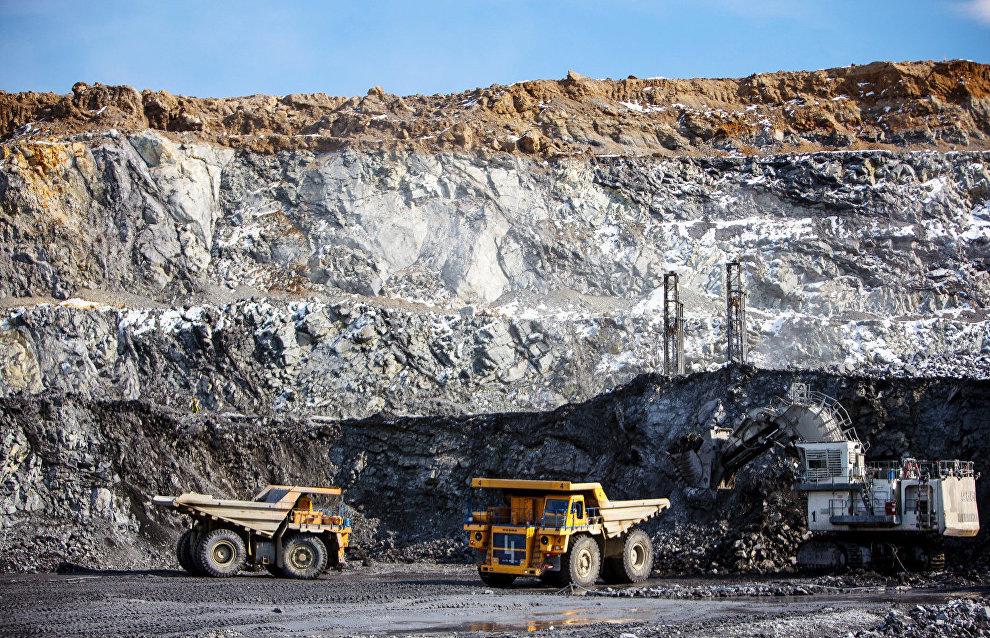Tajikistan is actively searching for deposits of rare earth metals. Recently, three of them have been attracting more attention - uranium, antimony and lithium. How can Tajikistan earn money from them?
According to various sources, the world price per kilogram of uranium is slowly rising after falling in early 2023 to $60. The expected increase in prices for uranium raw materials is based, among other things, on data from the World Nuclear Association, according to which global demand for uranium will grow by 44% by 2035.
Uranium can be safely used to generate atomic energy for peaceful purposes.
The extraction of this raw material was previously carried out in Taboshar, Sughd region, where about 170 tons of waste uranium were produced annually.
Today, the level of uranium consumption worldwide is about 60 thousand tons. So Tajikistan has every chance to enter the world market of uranium products.
According to official data, Tajikistan has 14-16% of the world's uranium reserves. However, the republic is not listed in the reports of international organizations on uranium production and reserves. This is due to the cessation of uranium mining in the years of independence and the lack of statistics in this industry.
Meanwhile, there are uranium deposits in Tajikistan not only in the Sughd region, but also in GBAO. For example, in the water of the high-altitude lake Khinakul (until 2021 this lake was called Sasyk-Kul), the concentration of uranium is 30 mg/l. In terms of uranium concentration, Khinakul ranks third in the world among lakes.
Experts believe that this circumstance not only makes it possible to extract uranium cheaper than from rocks, but also indicates the presence of other deposits nearby.
Antimony promises great profits
The average price of antimony on the world market ranges from $5-6 per 1 kg. In terms of confirmed antimony reserves, Tajikistan ranks third (after China and Thailand) in Asia and first in the CIS.
The largest reserves of these ores are concentrated in the Dzhizhikrut and Konchoch ore fields.
The most significant reserves of these ores are concentrated in the Dzhizhikrut and Konchoch ore fields (northern Tajikistan). The Anzob Mining and Processing Plant is currently operating on the basis of reserves of the Dzhizhikrut mercury-antimony deposit.
In recent years, as a result of prospecting and evaluation work, rich antimony ores containing more than 15% of the metal, industrial concentrations of gold and other valuable elements have been identified in the deep horizons of the Jizhikrut deposit being worked.
In the coming years, the Main Directorate of Geology of the country intends to increase the security of the Anzob Mining and processing plant at the planned productivity of 700 thousand tons of ore per year due to the reserves of this deposit.
The mineral resource base of antimony in the republic can be increased many times due to the expansion of geological exploration in deposits of other ore regions where promising areas have been identified.
Lithium prospects of Tajikistan
As for lithium, in recent years, geologists in Tajikistan have found out that in the waters of the same Khinakul, the concentration of lithium reaches ore values – up to 20 mg per liter.
At this hydro chemical deposit, Soviet geologists once explored lithium reserves classified as C1. Naturally, the estimate of lithium reserves, calculated more than half a century ago, needs to be clarified.
Lithium is not yet mined in Tajikistan today, and in order to identify its industrial reserves and answer the question of whether lithium mining will be profitable, additional exploration and additional analyses will be required at the Institute of Chemistry of the Academy of Sciences of Tajikistan and other foreign institutes.

According to the head of the General Directorate of Geology of Tajikistan Ilkhomjon Oymukhammadzoda, preliminary exploration of lithium-bearing areas in the southern part of Pamir has been carried out, and significant reserves of lithium of category C2 have been discovered.
But, intelligence is needed, since the demand for lithium is increasing against the background of the development of electric vehicle production, as well as a multiple increase in its value on world markets. Today, the average price of lithium exceeds $18 per 1 kg. Lithium demand is expected to increase to 2.5 million tons by 2030.
Recall that in his message, President of Tajikistan Emomali Rahmon at the end of December 2023 set the task to pay special attention to the issue of extraction and processing of non-ferrous metals, including lithium, tungsten, nickel, antimony and others, as well as to develop and implement a program for the development and processing of metals within the country to the final product.







